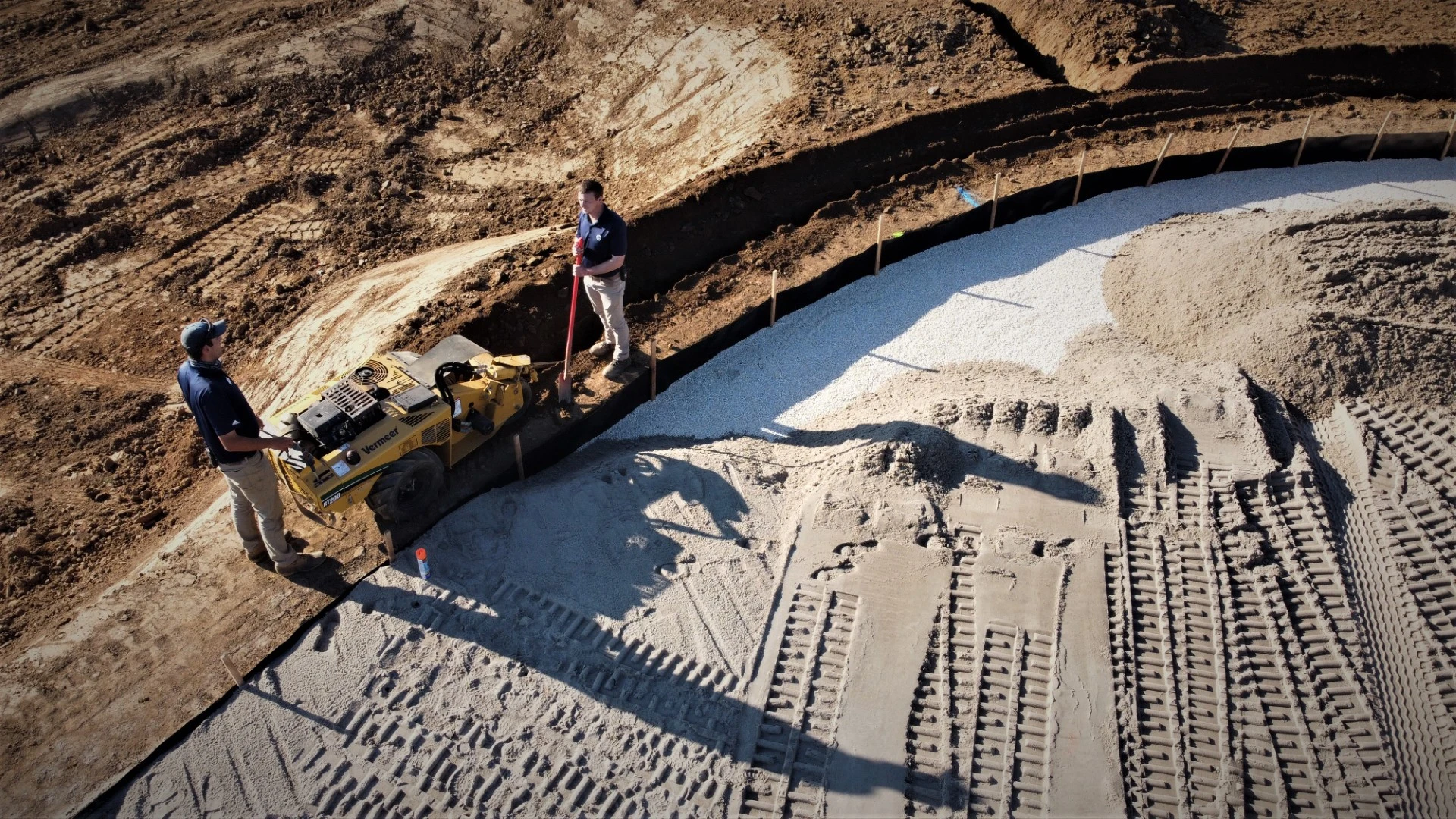 Jeffrey D. Brauer |
When I started writing this column a decade ago, I hoped it led to some renovation commissions. While there has been some “street cred” attributable to this magazine, only a few direct commissions have resulted. What has happened, at a ratio of over 10 to 1, are calls asking for free advice of some kind. While I’m glad my columns have impacted some, they can’t really be a much generalized substitute for the work of your own green committee and/or architect, superintendent, consulting agronomists, etc., have put in to your unique problems. Nor can I really offer good advice from a distance. Much like doctors who insist on an office visit for my twentieth consecutive year of October allergies, I would need to see it first hand to diagnose ills and give good architectural advice, especially when some differences of opinion possible revolve around club politics. As an architect, I have been in the middle of some contentious renovations and have seen small factions of club memberships try to call in another architect for a “second opinion” to continue the medical analogy. It rarely helps solve the problem. In one case, dissenting club members cited one of my earliest articles to support the proposition of minimal change without major re-routing. They presented it as “proof from an expert who says you should never re-route your golf course.” After the architect, pro re-routing and pro no change factions contacted me, I re-read my article. I wrote that remodels without re-routing are generally less expensive than those involving massive re-routing. While true, I did not say, however, that it was always the right thing to do. The premise of that article was that re-routing precludes saving many trees and any infrastructure, which is where the cost savings are. However, once analysis reveals (as it did at this club) that a course has major (and long deferred) infrastructure needs, and the master plan calls for a totally new irrigation system, cart paths and drainage, your “big ticket” items are going to be replaced anyway. There are fewer savings to be had, and re-routing doesn’t add as much to the total cost and can potentially yield substantially better results. When I wrote that article, I had just secured a major renovation commission by virtue of a bigger name architect proposing a total re-routing while my proposal saved several holes, trees and money. No doubt, that affected my writing. However, problems like slice-side safety, lack of length, some poor holes and/or no range can often only be solved with re-routing. It is almost always worth studying, at least as an option. In discussing this with all parties, I found the consulting architect at this club had 10 preliminary plans, and the committee picked one of the re-routing plans. A few members believed re-routing, infrastructure rebuilding and major design enhancements were unneeded and too expensive. It’s certainly a legitimate concern. It is rare that architects (or egotistic greens chairman) needlessly blow up a golf course to put their “stamp” on it,” but that appears to be what these gentlemen in opposition to the project believed was happening. Ironically, had the opposition also Googled my next column, called “small factions,” they would have seen themselves. There are right and wrong ways (and times) to achieve a difficult consensus, and their way – bringing in random outside opinions after the final vote to move forward – is the wrong way. The master plan is a process. If followed correctly, and transparently, which seems to have been the case here, it’s hard to believe a conscientious green committee and qualified architect would widely “miss the mark” as these members believed. This club interviewed several architects, hired one whose method fit their needs, had him perform a thorough course needs analysis, provide varying, multiple preliminary plans, collaboratively refined the best one and then voted as a committee. When you go through that methodical process, what are the chances reasonable people are all going to go awry? Very small. In getting an opportunity to see this club’s master plan, I re-learned a few things:
Then, trust your team, and trust your process.
Jeffrey D. Brauer is a veteran golf course architect responsible for more than 50 new courses and more than 100 renovations. A member and past president of the American Society of Golf Course Architects, he is president of Jeffrey D. Brauer/GolfScapes in Arlington, Texas. Reach him at jeff@jeffreydbrauer.com. |
Get curated news on YOUR industry.
Enter your email to receive our newsletters.

Explore the January 2015 Issue
Check out more from this issue and find your next story to read.
Latest from Golf Course Industry
- Standard Golf announces new product lineup for 2025
- The Salt Pond taps Troon for management
- KemperSports selected to manage Swansea Country Club
- From the publisher’s pen: Grab that guide
- Introducing our April 2025 issue
- South Carolina leaders honor golf course superintendent
- One and only
- Wild can be good






